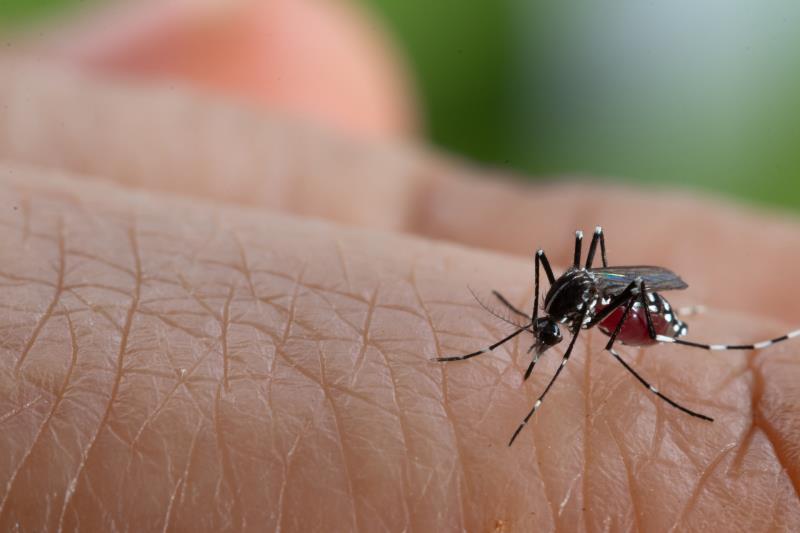
Individuals with a history of dengue infection may have a twofold risk of developing leukaemia 3–6 years post-infection, according to a population-based cohort study from Taiwan.
“Dengue fever has generally been considered as an acute infectious disease, and the long-term effects of dengue virus infection have seldom been investigated,” said Assistant Professor Cho-Yin Lee from the National Yang-Ming University, Taipei, and Taoyuan General Hospital, Taoyuan City, Taiwan. “Our findings suggest that infection with the dengue virus is associated with the diagnosis of leukaemia years after acute infection.”
Using the National Health Insurance Research Databases (NHIRD) and the Notifiable Disease Dataset of Confirmed Cases, researchers identified 12,573 patients diagnosed with dengue between 2002 and 2011. Each patient was matched with five individuals without dengue (controls; n=62,865).
Median follow-up time was 8.22 years, during which time the incidence rate of leukaemia was 17.20 and 7.85 per 100,000 person-years in individuals with and without history of dengue, respectively.
Compared with the control group, patients with dengue history had an elevated risk of developing leukaemia (adjusted hazard ratio [adjHR], 2.03, 95 percent confidence interval [CI], 1.16–3.53; p=0.013). [Cancer Epidemiol Biomarkers Prev 2020;doi:10.1158/1055-9965.EPI-19-1214]
This elevated risk of leukaemia was consistent across leukaemia subtypes (adjHR, 2.04 [lymphocytic leukaemia], adjHR, 1.25 [acute myeloid leukaemia], and adjHR, 2.04 [chronic myeloid leukaemia]), though the results were not statistically significant, potentially due to small numbers of each subtype, the researchers noted.
When assessed by follow-up time, the risk of leukaemia was only elevated ≥3 years after dengue infection (adjHR, 2.13, 95 percent CI, 1.15–3.93; p=0.016), specifically 3–6 years post-infection (adjHR, 3.22, 95 percent CI, 1.25–8.32; p=0.016), with no increased risk <3 years (adjHR, 1.69; p=0.446) or >6 years (adjHR, 1.60; p=0.267) post-infection.
Additionally, there was no apparent association between dengue infection and risk of lymphoma (adjHR, 0.87; p=0.632) or non-haematological cancers (eg, adjHR, 1.09; p=0.420 [colon, rectum, anus]; adjHR, 0.96; p=0.685 [lung, trachea, bronchus]; adjHR, 0.84; p=0.129 [liver and intrahepatic bile ducts]).
“It has been estimated that approximately 15 percent of human cancers globally are caused by infections, which are potentially preventable,” said Professor Guey Chuen Perng from the National Cheng Kung University, Tainan, Taiwan. These infections include Helicobacter pylori (gastric cancer), hepatitis C virus (hepatocellular carcinoma and non-Hodgkin lymphoma), human papillomavirus (cervical cancer), and Epstein-Barr virus (nasopharyngeal carcinoma and Hodgkin lymphoma). [Lancet Glob Health 2016;4:e609-e616]
“[O]ur study [in addition to prior research] suggest[s] that haematopoietic stem cells infected by dengue virus may cause aberrations in haematopoietic and immune systems in some individuals for a long period of time, which, to some extent, may result in persistent symptoms, as well as increased risk of leukaemia and autoimmune diseases after acute infections,” said the researchers. They called for further investigation to establish these findings and to identify other mechanisms potentially involved in the dengue-leukaemia association.
“If these findings are validated, the leukaemia burden attributable to dengue virus would profoundly increase, especially when we account for the rising rates of dengue virus infection,” noted Lee.